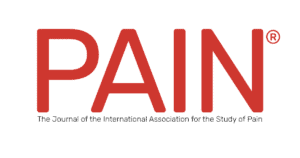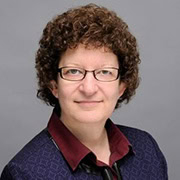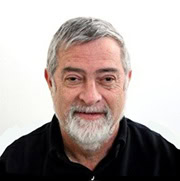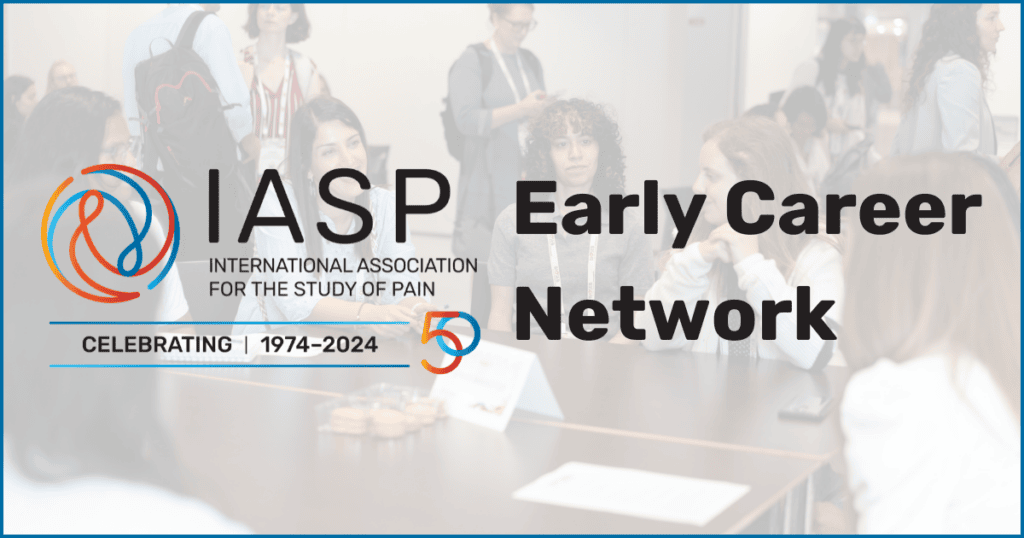Join us as IASP’s Early Career Network invites the Editors-in-Chief of PAIN and PAIN Reports, Karen Davis and David Yarnitsky, to provide their insights on how to peer review for a pain journal.
This webinar was originally scheduled for Tuesday, 29 October, 10:00am to 11:00am Eastern U.S. Time and has been rescheduled for Wednesday, 30 October, 10:00am to 11:00am Eastern U.S. Time.
Date: Wednesday, October 30, 10:00 a.m. to 11:00 a.m., Eastern (US) Time
The mission of IASP’s Early Career Network (ECN) is to support, advance, and promote the needs of early career members and to prepare them to be the future leaders of IASP and experts in pain research and management. To fulfill its mission, the ECN provides opportunities to network, collaborate, and share experiences, as well as organizes mentoring programs, in-person events at conferences, and learning sessions – such as webinars.

Peer reviewing for a journal can be daunting, challenging, and often rewarding. Knowing what editors want from peer-review can help improve the process for both authors and editors. In this webinar, the Editors-in-Chief of PAIN and PAIN Reports, Karen Davis and David Yarnitsky, will be providing their insights on how to peer review for a pain journal. This will be followed by a Q&A where they will answer audience questions on how to become involved and provide the most effective peer review.

Participants include:
- Karen Davis, PhD, University of Toronto, Ontario, Canada
- David Yarnitsky, MD, Rambam Health Care Campus, Haifa, Israel
- Harrison Hansford, Neuroscience Research Australia, New South Wales, Australia (host)
About the Presenters
 Karen D. Davis, PhD, is the Canada Research Chair in Acute and Chronic Pain Research. She is a senior scientist and division head at the Krembil Brain Institute and professor in the Department of Surgery and Institute of Medical Science at the University of Toronto. Dr. Davis has pioneered electrophysiological and brain imaging approaches to investigate mechanisms underlying pain, delineate brain plasticity associated with chronic pain, and individual factors that contribute to pain sensitivity and chronic pain treatment outcomes. Her concept of a “dynamic pain connectome” is being used to understand mechanisms of pain and analgesia, and identify neuromarkers to develop personalized approaches to pain management. She has published more than 200 peer-reviewed papers with more than 29,000 citations and an H-index of 90. Dr. Davis is also active in neuroethics and EDI (equity, diversity, and inclusion) initiatives. She was a Mayday Fellow, was inducted into the Johns Hopkins Society of Scholars, Canadian Academy of Health Sciences, and the Royal Society of Canada, served as president of the Canadian Pain Society, and was a counselor of the International Association for the Study of Pain. Dr. Davis is currently the editor-in-chief of PAIN, the flagship journal of the IASP.
Karen D. Davis, PhD, is the Canada Research Chair in Acute and Chronic Pain Research. She is a senior scientist and division head at the Krembil Brain Institute and professor in the Department of Surgery and Institute of Medical Science at the University of Toronto. Dr. Davis has pioneered electrophysiological and brain imaging approaches to investigate mechanisms underlying pain, delineate brain plasticity associated with chronic pain, and individual factors that contribute to pain sensitivity and chronic pain treatment outcomes. Her concept of a “dynamic pain connectome” is being used to understand mechanisms of pain and analgesia, and identify neuromarkers to develop personalized approaches to pain management. She has published more than 200 peer-reviewed papers with more than 29,000 citations and an H-index of 90. Dr. Davis is also active in neuroethics and EDI (equity, diversity, and inclusion) initiatives. She was a Mayday Fellow, was inducted into the Johns Hopkins Society of Scholars, Canadian Academy of Health Sciences, and the Royal Society of Canada, served as president of the Canadian Pain Society, and was a counselor of the International Association for the Study of Pain. Dr. Davis is currently the editor-in-chief of PAIN, the flagship journal of the IASP.
 David Yarnitsky, MD, is the founding and current editor-in-chief of PAIN Reports. He serves as chair of neurology at Rambam Health Care Campus, and professor and head of the Clinical Neurophysiology laboratory at Technion Faculty of Medicine, Haifa, Israel. His research interest is understanding how the nervous system processes pain, using mainly psychophysical and neurophysiological tools. Prof. Yarnitsky’s lab explores the modulation of pain via ascending and descending pathways, in healthy subjects and pain patients, in a variety of clinical syndromes, and how it can be used to improve pain alleviation.
David Yarnitsky, MD, is the founding and current editor-in-chief of PAIN Reports. He serves as chair of neurology at Rambam Health Care Campus, and professor and head of the Clinical Neurophysiology laboratory at Technion Faculty of Medicine, Haifa, Israel. His research interest is understanding how the nervous system processes pain, using mainly psychophysical and neurophysiological tools. Prof. Yarnitsky’s lab explores the modulation of pain via ascending and descending pathways, in healthy subjects and pain patients, in a variety of clinical syndromes, and how it can be used to improve pain alleviation.
 Harrison Hansford, BSc(Hons), BExPhys, is a National Health and Medical Research Council Postgraduate Scholar completing his PhD at Neuroscience Research Australia (NeuRA) and the School of Health Sciences at University of New South Wales (UNSW). Harrison’s PhD research focuses on understanding whether, and for whom, interventions for musculoskeletal conditions are safe and effective using big data. Harrison leverages these data to answer questions that cannot be answered with randomized trials. He is also interested in developing consumer-centered thresholds of clinical importance to better interpret the effects of treatments, as well as improving research reporting and quality to help improve trust in science.
Harrison Hansford, BSc(Hons), BExPhys, is a National Health and Medical Research Council Postgraduate Scholar completing his PhD at Neuroscience Research Australia (NeuRA) and the School of Health Sciences at University of New South Wales (UNSW). Harrison’s PhD research focuses on understanding whether, and for whom, interventions for musculoskeletal conditions are safe and effective using big data. Harrison leverages these data to answer questions that cannot be answered with randomized trials. He is also interested in developing consumer-centered thresholds of clinical importance to better interpret the effects of treatments, as well as improving research reporting and quality to help improve trust in science.


